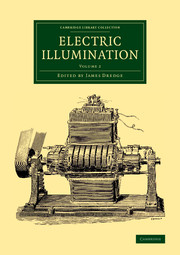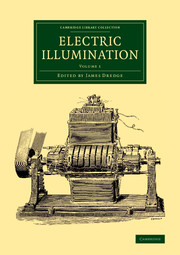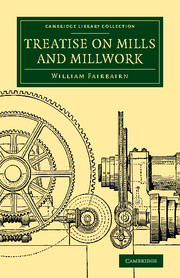The Electric Arc
An electric arc is formed when a current passes between two conductors through a non-conducting medium like air. Although the phenomenon was discovered during early electrical experiments and utilised widely in lighting by the end of the nineteenth century, its problems were not fully understood. First published in 1902, this book represents one of the first systematic investigations of the electric arc, and the best-known work of suffragist and electrical engineer Hertha Ayrton (1854–1923). It includes a chapter on the history of the discovery, over a hundred illustrations and tables, and Ayrton's explanation of the enduring problem of arc instability. As a result of her research, she went on to patent anti-aircraft lights and new arc-lamp technology. She later became the first female recipient of the Royal Society's Hughes Medal. Remaining relevant to students of electrical engineering and the history of science, this book shares her insights and expertise.
Product details
October 2012Paperback
9781108052689
520 pages
216 × 140 × 29 mm
0.65kg
146 b/w illus.
Available
Table of Contents
- 1. The appearance of the arc
- 2. A short history of the arc
- 3. 'Striking' the arc and sudden variations of current
- 4. Curves for PD and current with constant length of arc, and for PD and length of arc with constant current
- 5. Area of crater and crater ratios - variation of PD with diameters of cored carbons - constant current-resistance curves - constant PD curves
- 6. The equation for PD, current, and length of arc, with solid carbons, and its application to the results of earlier experimenters
- 7. The PD between each carbon and the arc, and the fall of potential through the arc
- 8. Relations between EMF of generator, resistance in series with arc, PD, current and length of arc with solid carbons
- 9. The power efficiency of the arc and the resistance needed in series with it
- 10. Hissing arcs
- 11. The light and luminous efficiency of the arc
- 12. The mechanism of the arc - its true resistance - has it a large back EMF? The reason for the different effects of solid and cored carbons
- Appendix.








